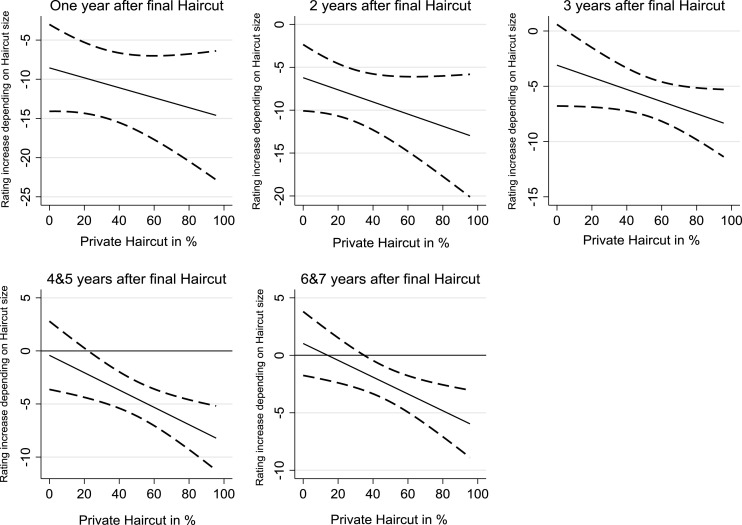This paper research the connection between sovereign debt (last) restructuring and sovereign scores, by distinguishing between industrial and official debt and by contemplating the collectors’ loss (haircut). Institutional Investor’s index is taken as a measure of a rustic’s creditworthiness.
We discover that whereas a restructuring with private collectors appears to contain some reputational prices, “official defaulters” aren’t affected (or might even profit) by the restructuring episodes.
Using the Synthetic Control Method, we discover additional proof for the heterogeneity of the financial affect of debt restructurings, confirming that official and private restructurings might have totally different prices and then induce selective defaults.

Sovereign Dignity, Nationalism and the Health of a Nation: A Study of China’s Response in Combat of Epidemics.
This paper seeks to know the function of nationalism in China’s coverage in direction of the fight of rising infectious ailments. By finding nationalism as an element which facilitates or impedes international governance and worldwide collaboration, this paper explores how nationalism influences China’s political decision-making.
Given her historic expertise, China has in its nationwide psyche an impulse by no means to turn out to be ‘the sick man of the East’ once more. Today, China’s willingness to co-operate with worldwide our bodies emanates out of reputational considerations somewhat than technical-medical concerns.
This was clearly manifested in her dealing with of two epidemics lately: the Severe Acute Respiratory Syndrome (SARS) and HIV/AIDS episodes. This paper concludes that China’s nationalism performs an inhibiting function in China’s makes an attempt to additional incorporate herself into the structure of world well being governance in the long term.
Chilean laws on metal-polluted soils: The must advance from adapting overseas legal guidelines in direction of growing sovereign laws.
Chile as a significant worldwide Cu producer faces severe soil contamination points in mining areas. Currently Chile doesn’t have any particular legislation governing the utmost permissible concentrations of metals in soils to guard ecosystems and human well being. Chile closely depends on the usage of environmental legal guidelines of 14 overseas international locations; the selection of the nation will depend on the similarity of its environmental circumstances with these in Chile.
In this research, we used an internet database to match the similarity of Chilean rocks to these in overseas international locations. Likewise, we carried out soil sampling and decided the background concentrations of Cu, As, Pb, and Zn in soils of the Aconcagua basin, the most important river basin within the Valparaiso Region of central Chile.
The outcomes confirmed that geochemical patterns in Chile have the best resemblance to New Zealand, Mexico, and Italy. The background Cu focus within the Aconcagua basin (134 mg kg-1) exceeded the legislated limits of New Zealand (100 mg kg-1) and Italy (120 mg kg-1), whereas the background Zn focus (200 mg kg-1) exceeded the legislated restrict of Italy (150 mg kg-1).
Due to the elevated pure abundance of Cu and Zn in Chile, worldwide legal guidelines shouldn’t be utilized in Chile for the evaluation of soil contamination. In addition, we assessed ecological threat utilizing the outcomes of our earlier research obtained by analyzing native field-contaminated soils of the Valparaiso area.
In the Aconcagua basin, Cu posed excessive threat for vegetation in 11% of the samples, whereas As posed excessive threat for earthworms in 48% of the samples. We counsel that future research are required to seek for different organisms that may function biomarkers of steel toxicity as a result of our earlier research had been restricted to vegetation and earthworms. Importantly, As posed excessive threat to human well being in 25% of the samples in our research.
There is a necessity for future research to exhibit empirically an affiliation between soil As and kids’s blood As as a way to set up the nationwide threshold values of soil As to guard human well being. We conclude that there’s an pressing want in Chile to advance from the present method of adapting overseas legal guidelines to growing Chilean sovereign environmental laws.
